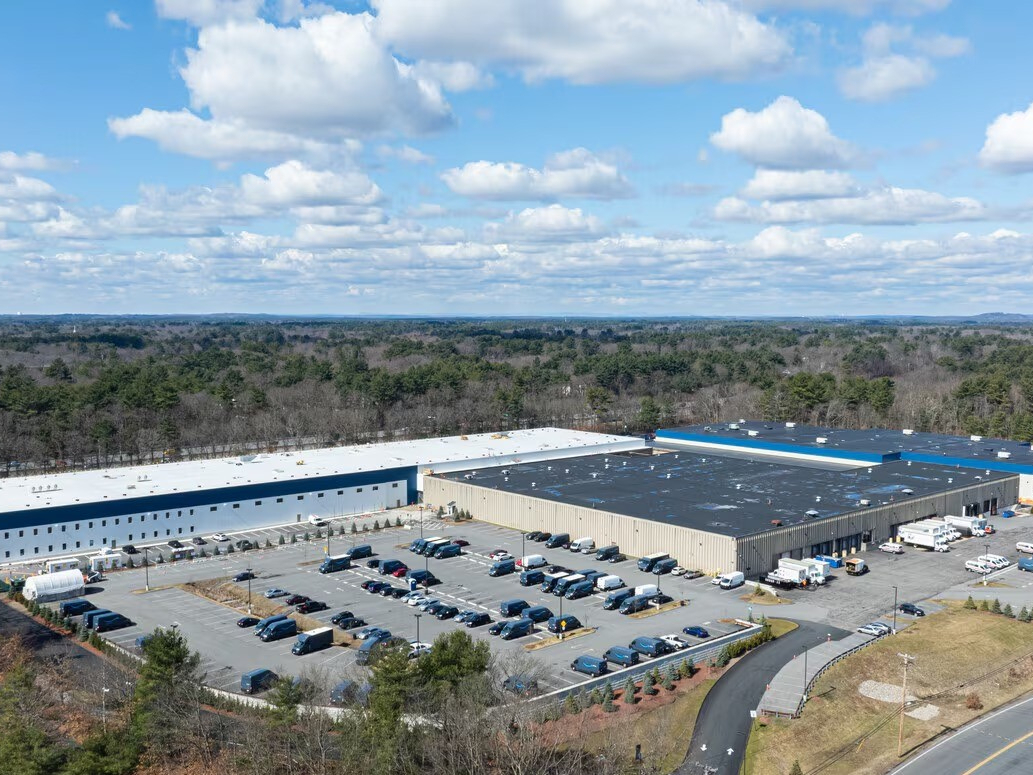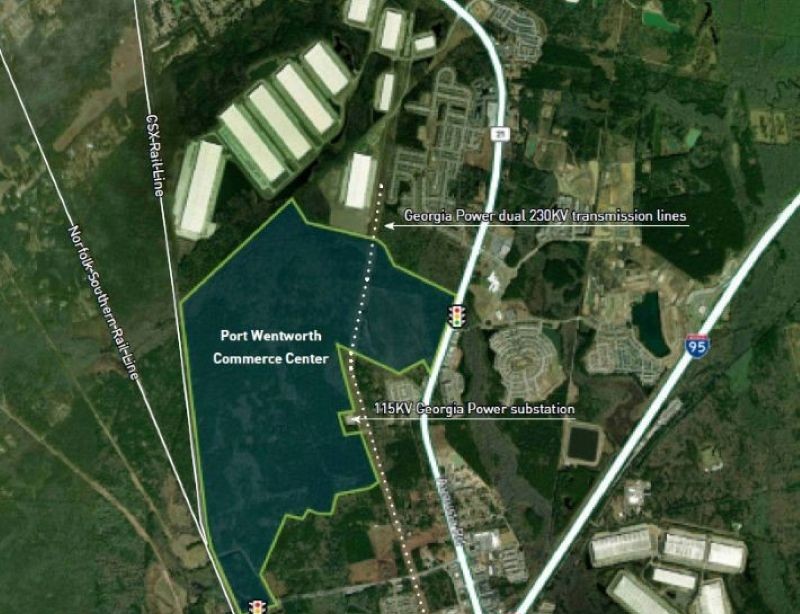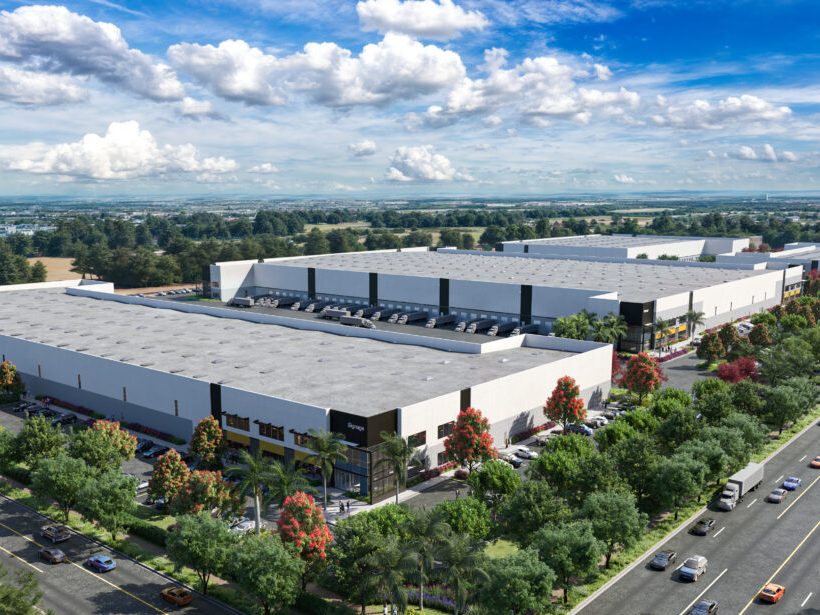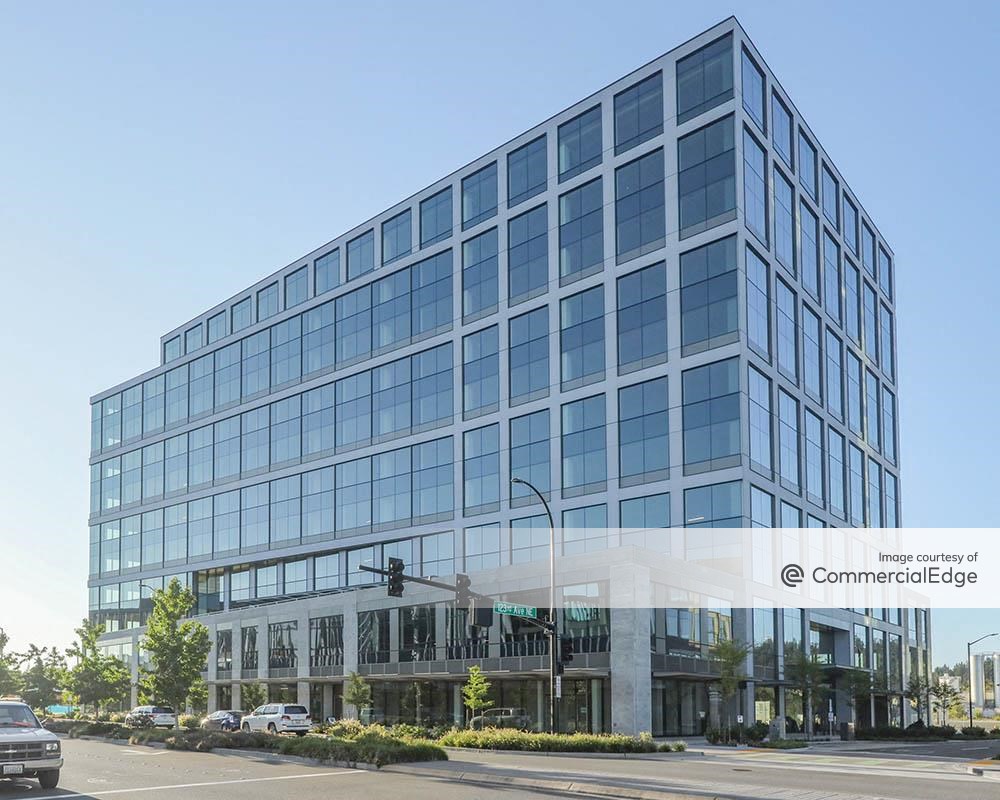Demographics Trend Fuel CRE Investment Strategy
By Terrell Gates, CEO & Founder, Virtus Real Estate Capital: What’s the outlook for commercial real estate? Current valuations seem frothy for traditional property asset types, driven mostly by the fluctuations of capital markets, interest rates, the economy and general real estate market cycles.
By Terrell Gates, CEO & Founder, Virtus Real Estate Capital
 What’s the outlook for commercial real estate? Current valuations seem frothy for traditional property asset types, driven mostly by the fluctuations of capital markets, interest rates, the economy and general real estate market cycles. At the same time, most economists are predicting higher interest rates in the coming years, which will likely increase capitalization rates and potentially drive values lower.
What’s the outlook for commercial real estate? Current valuations seem frothy for traditional property asset types, driven mostly by the fluctuations of capital markets, interest rates, the economy and general real estate market cycles. At the same time, most economists are predicting higher interest rates in the coming years, which will likely increase capitalization rates and potentially drive values lower.
However, there are property types and real estate segments that tend to have a lower correlation to macro factors, and can provide greater protection in times of distress. To safeguard and insulate themselves, investors should consider diversifying beyond the “basic food groups” of real estate – multi-family, office properties, industrial, retail and hospitality-focused assets.
There are key demographic trends occurring today that should be taken into consideration as a part of an informed real estate investment strategy; these include the aging of the Baby Boomer generation; the coming of age of the Millennial generation; the growth of the Hispanic market in the United States; and the transitory nature and decreased job tenure of the American worker.
These demographic trends are going to happen whether the S&P 500 is up 50 points or down 50 points or unemployment is at 5 percent or 10 percent. These demographic trends drive demand for several property types, in particular self-storage, medical office, student housing and senior living properties. Why do these sectors of real estate so aptly benefit?
In short, aging and longer-living adults will need senior living and medical office facilities to attend to their accelerating health issues. Echo boomers, a.k.a. the Millennial Generation, will require student housing as they continue to head off to college. In addition, Hispanics are the fastest growing ethnic class heading off to college. Highly mobile individuals following the job market and parents of grown children and boomers looking to downsize their households will increase the demand for self-storage facilities.
These four demographic-focused property types have displayed a proven track record of sustained returns even in the midst of the Great Recession. And, in almost every time period, self-storage and healthcare REIT’s have outperformed their peer group in the NAREIT index with self-storage REIT’s being the only positive performer out of 17 categories in 2008, as the capital markets were dive bombing. If you review the last six recessions going back to 1970, university enrollment grew as did the need for student housing.
Admittedly, these property types have their own risks. Self-storage, medical office, student housing and senior living properties are highly fragmented industries; hence, the quality and quantity of information is not as robust as in traditional commercial real estate. In addition, these property types tend to be more operationally intensive than their counterparts. While not for the uninformed, these property types’ risks create opportunity for the sagest of investors.
While nothing is certain, these undeniable demographic trends should not be ignored by investors who are interested in insulating a portion of their investment portfolio from the whims of the economy and the perpetual shifts of Wall Street.







You must be logged in to post a comment.